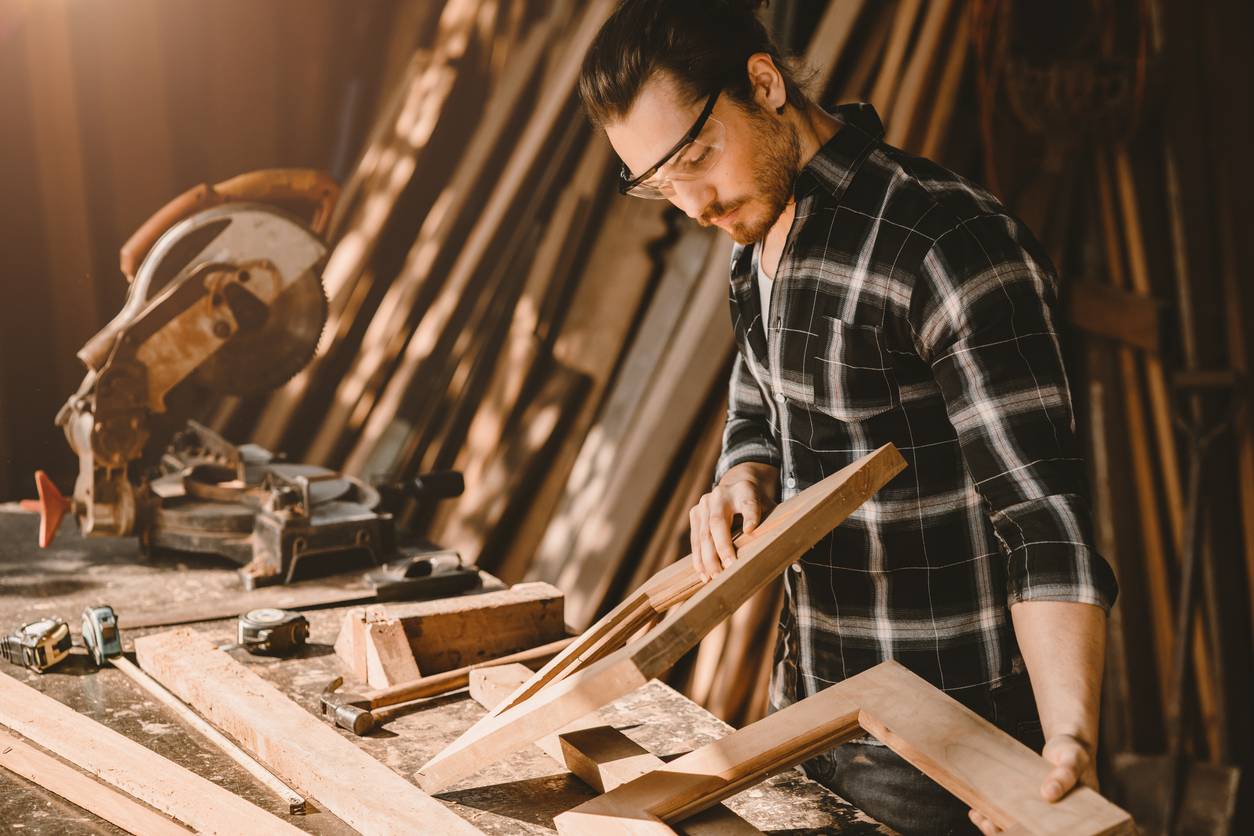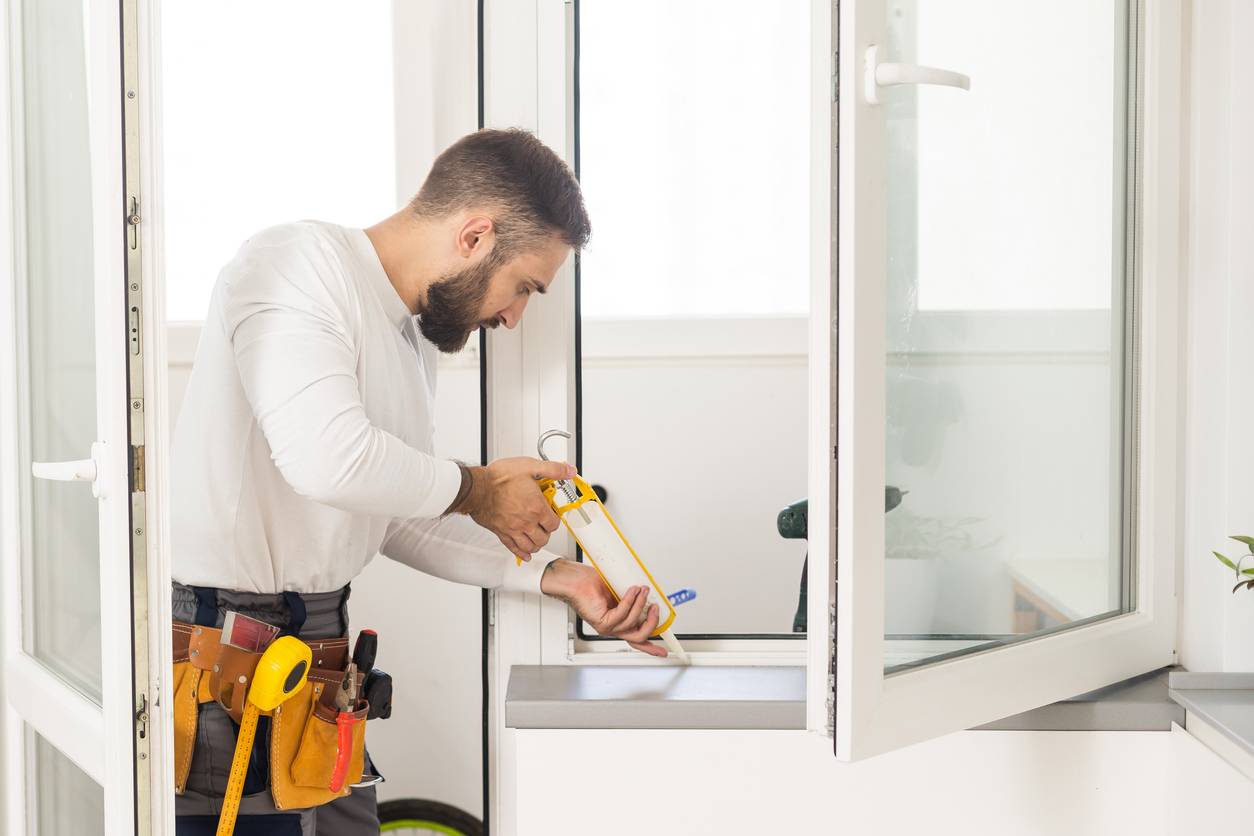An interior renovation provides an opportunity to transform your living space. Integrating sustainable solutions into such a project can improve comfort and reduce the environmental footprint of your home. By choosing eco-friendly materials and certified products, you are moving towards a greener future. How to choose durable joinery for your renovation project?
Sustainability criteria for joinery
The windows and doors of a house should offer optimal thermal insulation. Excellent insulation limits heat loss in winter and reduces infiltration in summer. This reduces energy consumption for heating and air conditioning. In the long term, these savings on bills can offset the initial investment related to the purchase of the devices. In addition, the joinery must withstand time and weather. Opt for sturdy and well-designed models to ensure prolonged and effective use.
Easy-to-maintain components are very practical and advantageous. They minimize long-term costs and the handling of potentially harmful chemicals for the ecosystem. Fewer repairs and replacements also mean additional savings. Prefer reclaimed or recyclable materials to reduce your carbon footprint. As explained by a specialist from a joinery in Montpellier, the installation of efficient doors and windows reduces dependence on heating devices, contributing to a more nature-friendly lifestyle.


Durable joinery: which eco-friendly materials to use?
Wood is a sustainable and eco-friendly resource, especially when it comes from responsibly managed forests. Wooden joinery offers excellent thermal and acoustic insulation. Oak, pine, and larch are recommended for their strength and durability. Wood treatment, without harmful chemicals, is essential to ensure longevity. In addition to being aesthetically pleasing, this material is renewable and biodegradable.
On the other hand, aluminum is very popular and entirely recyclable. Once in place, it requires little maintenance and withstands corrosion well. Its insulating properties can be enhanced by combining it with thermal breaks. It provides great design flexibility for creating slim and elegant structures. Recycled PVC is an eco-friendly and economical solution for the manufacture of joinery.
Unlike the traditional material, it uses fewer virgin resources and reduces plastic waste. It is appreciated for its durability, weather resistance, and ease of maintenance. It offers good insulating performance, especially when combined with quality glazing. In addition, joinery in recycled PVC is available in a variety of finishes, some of which even imitate wood for a more natural look.
Why opt for certified joinery?
Labels such as NF Environment or FSC (Forest Stewardship Council) indicate that the materials used contribute to better thermal insulation. This results in reduced heat loss in winter and preservation of coolness in summer, reducing the need for heating and air conditioning. The installation of certified joinery in your home leads to lower energy bills and increased comfort throughout the year.
Certifications also ensure that the products stem from responsible sources and that the manufacturing processes adhere to strict environmental standards. The FSC label, for example, guarantees that the wood used comes from forests managed to preserve biodiversity and avoid deforestation. The Cradle to Cradle certification promises that the materials used are not only ecological but also recyclable or compostable at the end of their life.
By selecting these options, you contribute to the protection of natural resources and waste reduction. In addition, these joinery can limit outdoor noise levels thanks to reinforced acoustic properties, providing a more peaceful daily environment. Some accreditations, such as the Indoor Air Emissions label, ensure that these devices emit few volatile organic compounds (VOCs). This approach reduces indoor pollution and health risks.
Tips for integrating sustainable joinery into a comprehensive renovation project
Start by assessing the current state of your installations by identifying their weaknesses in terms of thermal and sound insulation. Conduct an energy assessment to determine the potential gains by choosing efficient joinery. Take into account the architecture and style of your home to adopt solutions that fit harmoniously into the overall design. Select eco-friendly materials that meet sustainability criteria.
Wood, for example, is ideal for a natural and warm look, while aluminum offers high resistance and easy maintenance. Recycled PVC is an economical and environmentally responsible option. Compare the advantages of each resource to make the most suitable choice for your needs. Seek advice from professionals to guide you and carry out the work. Experts in the joinery field can help you find safe and appropriate devices for your project.
They also ensure proper installation, ensuring maximum efficiency. A correctly installed joinery optimizes the thermal and acoustic performance of doors and windows. Finally, incorporate them into a comprehensive renovation approach. Combine them with other eco-friendly solutions such as thermal insulation of walls, roof, and floor, as well as the implementation of functional heating and ventilation systems. This synergy improves the energy efficiency of your home and provides the opportunity to make substantial savings.


How to maintain sustainable joinery?
You must perform regular cleaning of your doors, windows, and shutters. For wooden designs, use a soft cloth and soapy water to remove dust and dirt. Avoid harsh chemicals that may damage the surface. Wood also requires protective treatment, such as a varnish or oil layer, to defend against moisture and insects. Apply these treatments following the manufacturer’s recommendations, usually once or twice a year.
For aluminum joinery, a simple wash is enough to maintain their shine. This material is resistant to corrosion, but you should often check the assemblies and fastenings to ensure they remain in good condition. Maintenance of rubber seals with specific detergents helps prevent drying out and ensures excellent insulation. Composite material joinery require little maintenance, but perform a periodic cleaning with water and mild soap to remove dust and pollutants.
Also, regularly inspect the surfaces for any signs of damage or deterioration and make the necessary repairs promptly. Maintenance of mechanisms and fittings is equally important. Lubricate hinges, locks, and slides at least once a year to ensure smooth operation of your installations. Use special products, such as light oil or silicone spray, to prevent dirt buildup and corrosion.
Finally, monitor the overall condition of your joinery. Extreme weather conditions can cause damage that is not always immediately noticeable. Often inspect your windows and doors for cracks, paint chipping, or signs of wear. Repair or replace damaged parts as soon as possible to prevent small problems from becoming more serious.





